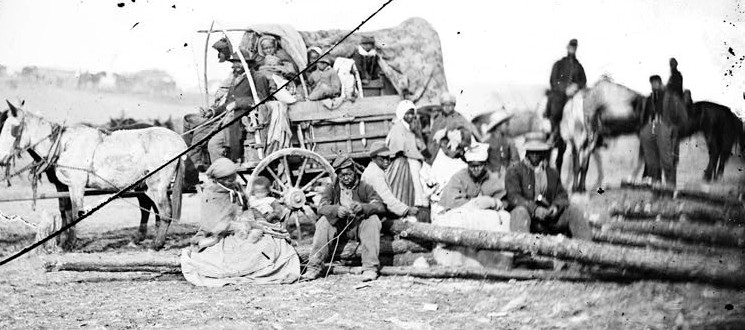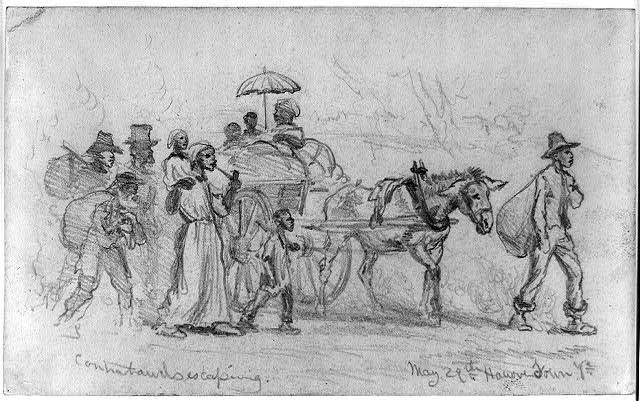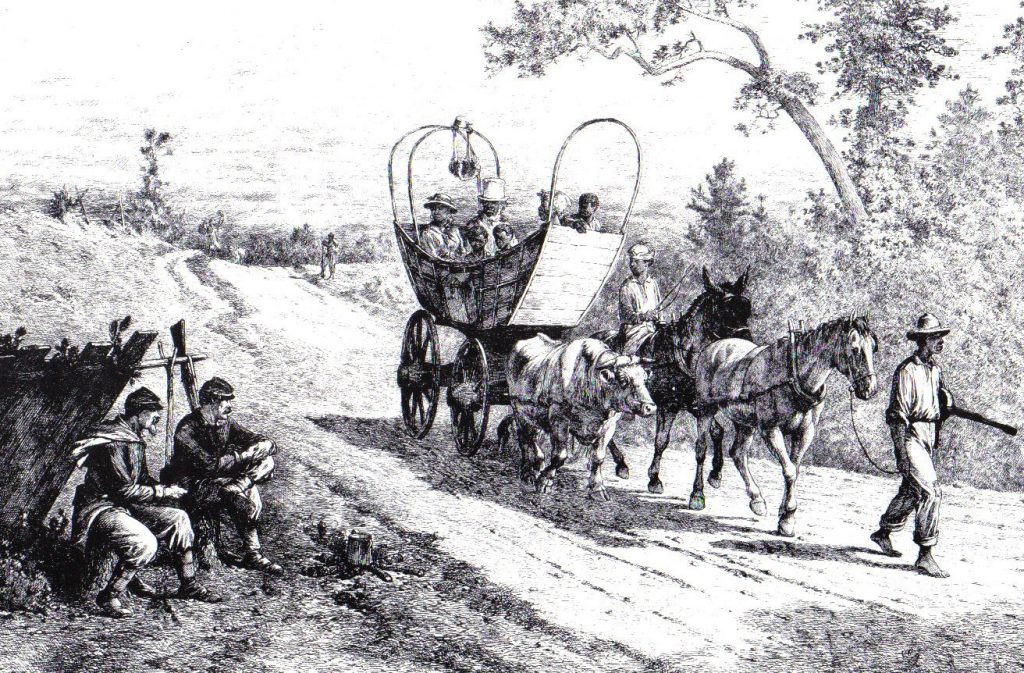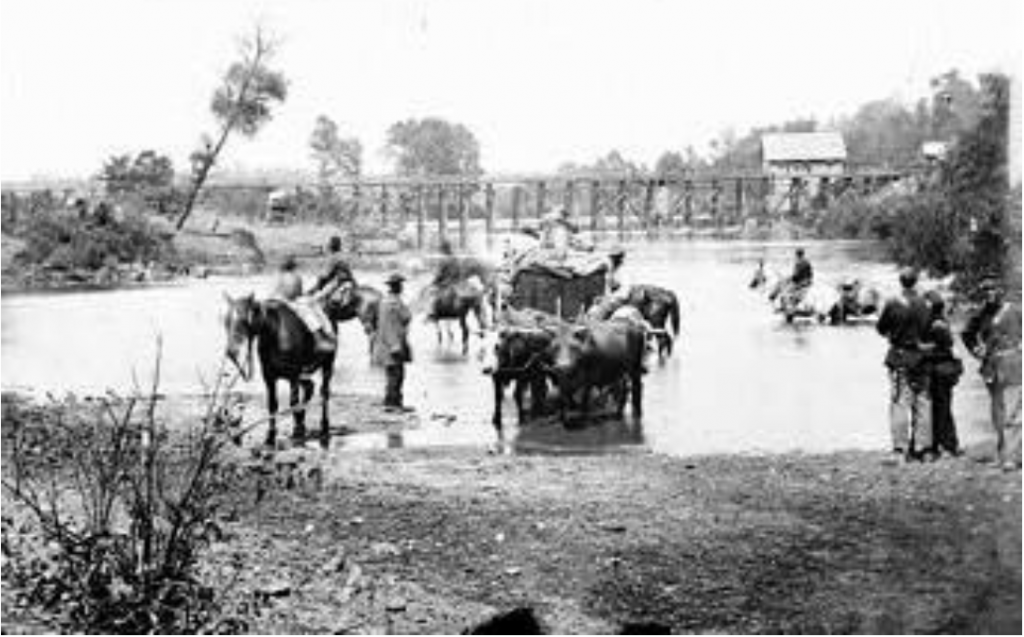Trail to Freedom - Overview
In the spring and summer of 1862, as many as 10,000 enslaved people crossed the Rappahannock River to freedom. The Trail to Freedom retraces their route.
Many enslaved persons saw the arrival of the Union army in Stafford, opposite Fredericksburg, in April 1862 as a chance for freedom. During the Union occupation that spring and summer, enslaved people from Fredericksburg, Stafford, Spotsylvania, and surrounding counties streamed into Union lines. It was likely the largest single exodus of enslaved people in America up to that time.
This mass act of self-emancipation launched former enslaved persons on an uncertain journey. Some took paid jobs as camp workers in the Union army. Thousands more moved northward by foot, wagon, and rail, most of them boarding steamboats at Aquia Landing, bound for Alexandria and Washington, D.C.
“A battle lost or won is easily described, understood, and appreciated, but the moral growth of a great nation requires reflection, as well as observation, to appreciate it.”-Frederick Douglass, 1864
When war broke out in 1861, few could have imagined the immense change that would emerge just four years later. At the beginning of the war, over four million people were enslaved and by the end they were free.





